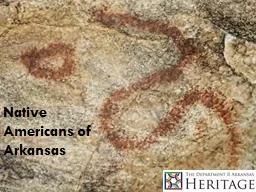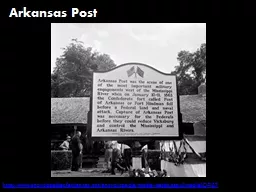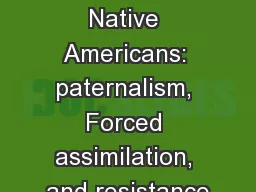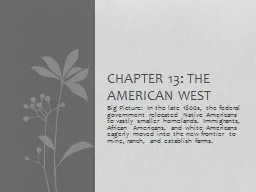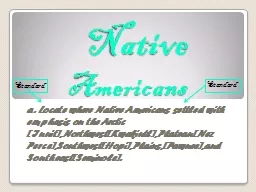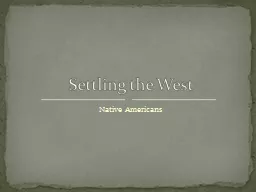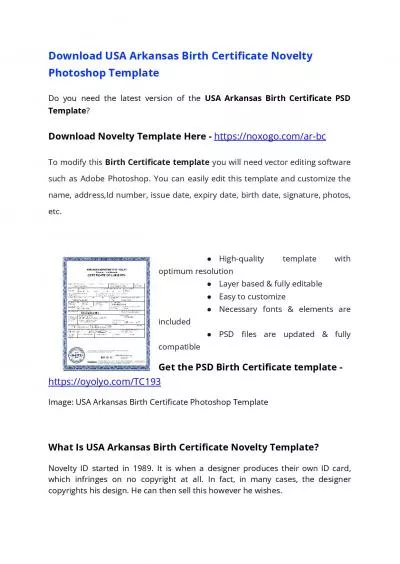PPT-Native Americans of Arkansas
Author : danika-pritchard | Published Date : 2016-10-14
What I know What I want to know Communication game When settlers first met the Native Americans in Arkansas they didnt speak the same language How do you think they
Presentation Embed Code
Download Presentation
Download Presentation The PPT/PDF document "Native Americans of Arkansas" is the property of its rightful owner. Permission is granted to download and print the materials on this website for personal, non-commercial use only, and to display it on your personal computer provided you do not modify the materials and that you retain all copyright notices contained in the materials. By downloading content from our website, you accept the terms of this agreement.
Native Americans of Arkansas: Transcript
Download Rules Of Document
"Native Americans of Arkansas"The content belongs to its owner. You may download and print it for personal use, without modification, and keep all copyright notices. By downloading, you agree to these terms.
Related Documents

